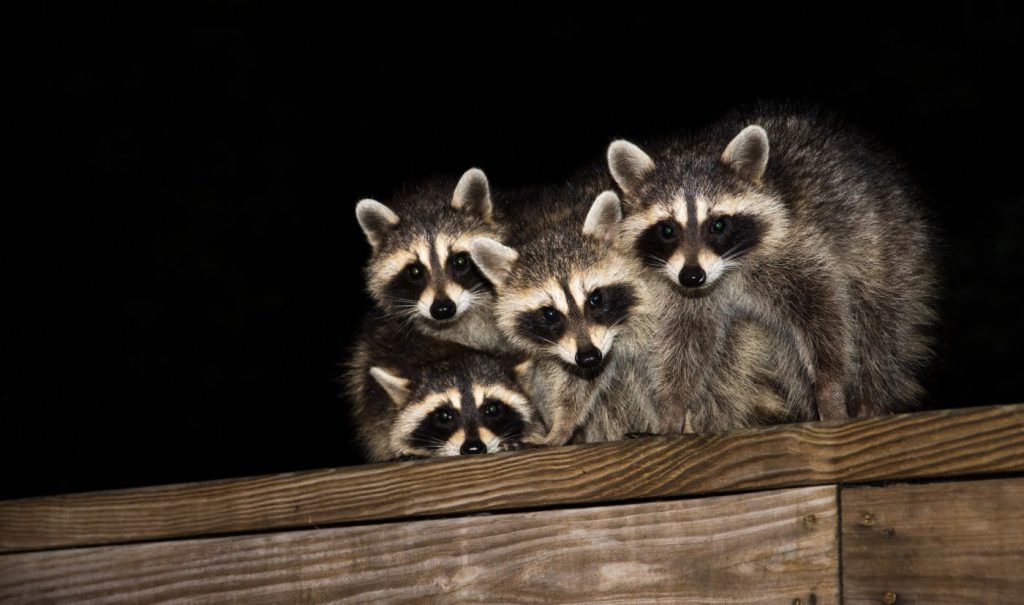DEAR JOAN: In August, I had my yard landscaped. A few days later, raccoons turned up one side of the grass area.
I got some Critter Ridder and it worked for almost two months. Then it happened again — in more areas. Again, I put Critter Ridder around and so far, they have not come back.
Someone suggested I put a net over the lawn and lift it to cut the grass, then put it back. It will need to be left on about six months, and then they shouldn’t return. Do you agree or do you think there is a better way to rid them?
Another problem: twice I planted two areas in the flower bed and two different flowers seem to die after about a month. There are flowers near them that have no problem. I pulled the first flowers out and replaced them with different flowers, then did it again.
When my yard was totally landscaped, new flowers were put in all around. The flowers in the problem area died again in about a month. I replaced them again with different flowers and one has died. The other one is still okay as of now.
My gardener, as well as the landscaper, does not know why this is happening only in that area. The flowers have two other flowers planted between them that are fine. Do you have any suggestions as to what it could be or how I may be able to find out?
— Kathy, Concord
DEAR KATHY: The best way to keep the raccoons from digging up your lawn is to get rid of the grubs, which is what the raccoons are after.
The reason you aren’t seeing damage at the moment is that the grubs aren’t active in the late fall and winter. Any in the lawn right now have gone deep underground and will emerge as beetles in the spring, starting the process over.
The most effective and environmentally safe way is to use beneficial nematodes, which are near-microscopic creatures that seek out and destroy grubs in the soil. Because the grubs are snoozing away, you don’t need to apply the nematodes until late spring and summer.
Putting a net over your lawn is a big undertaking and could create more problems than it solves. It’s labor intensive, plus you could accidentally trap other animals in the netting, causing pain and even death. Plus the raccoons are still likely to dig at the ground through the netting, if they sense there are juicy grubs underneath.
Because the raccoons aren’t searching for grubs right now, you’ll have six months of peace with or without the nets.
As for your dying flowers, I’d recommend checking for moles – look for signs of tunneling or mounds. Moles don’t eat plants, but their tunneling can damage the roots of plants.
Related Articles
Canine Infectious Respiratory Disease Complex and what dog owners need to know
3 awesome whale festivals in spring 2024 to see in Northern California
Have marmots taken over a Saratoga backyard?
Bighorn sheep in Colorado was single, ready to mingle … and stuck on a roof
Wish Book 2023: Animal Assisted Happiness brings smiles to kids in need
There also could be a large rock that’s hindering roots, or perhaps the flowers are competing with a larger plant for water and nutrients. It also could be a soil issue with contaminants in those areas or a general lack of nutrients. I’d recommend getting a professional soil test to see what’s going on.
And lastly, check to see if those two areas are getting as much sunlight as the rest of the garden. You could try putting out two potted plants and see how they do.
Animal Life runs on Mondays. Reach Joan Morris at [email protected].


